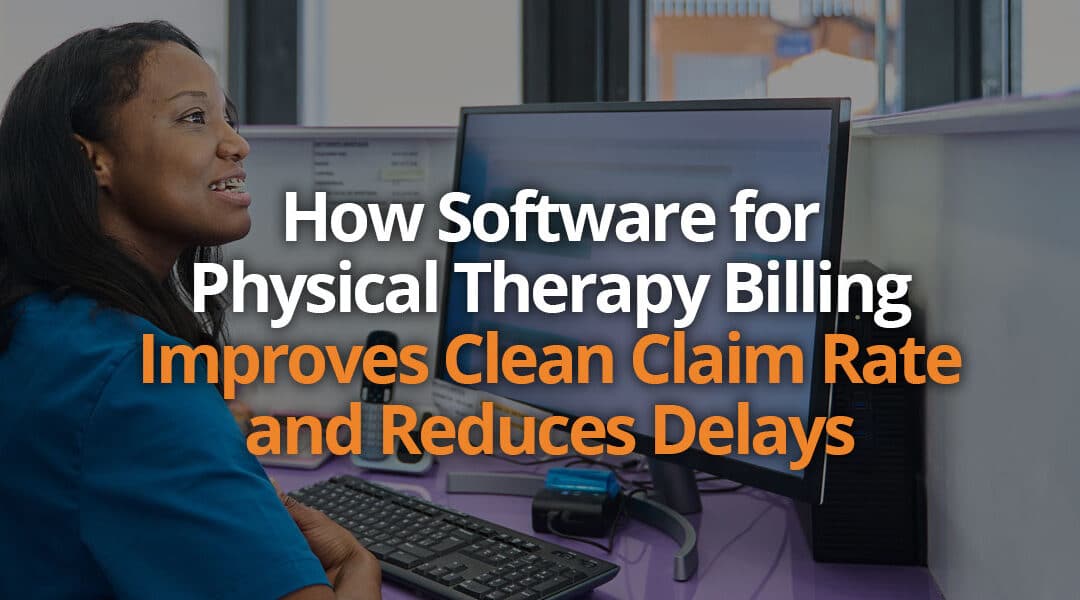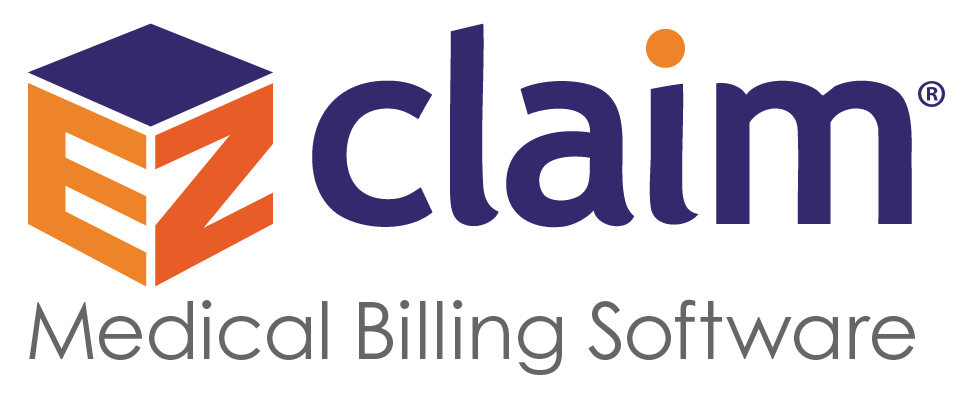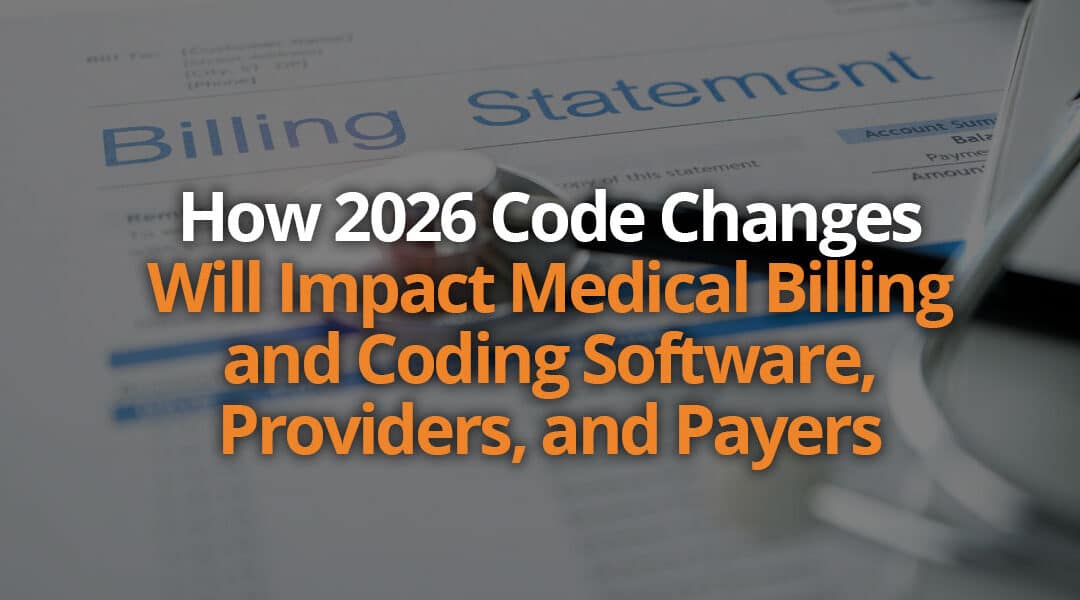
How Software for Physical Therapy Billing Improves Clean Claim Rate and Reduces Delays
For many physical therapy practices, manual billing creates constant frustration. Minor code errors, incomplete patient information, or missed payer updates can turn a simple claim into weeks of delay. These inefficiencies don’t just slow cash flow; they also take staff away from patient care.
By using software for physical therapy billing, practices can streamline their claim process, improve accuracy, and reduce payment delays. Below, we explore how the right tools, like EZClaim Medical Billing Software, help improve clean claim rates and simplify billing from start to finish.
Why Do Physical Therapy Practices Struggle with Clean Claim Rates?
Claim denials are a constant challenge for physical therapy offices. Manual data entry, inconsistent coding, and frequent payer rule changes lead to rejected or delayed claims.
Each denial costs valuable time to research, correct, and resubmit, leading to delays in revenue and increasing administrative workload. Without software for physical therapy billing to automate validation and track submissions, practices can lose significant revenue from preventable errors and delays.
How Does Software for Physical Therapy Billing Improve Claim Accuracy?
Software for physical therapy billing automates and validates claim data before submission, ensuring each claim is accurate and compliant. EZClaim helps practices avoid costly mistakes by checking for missing modifiers, incorrect codes, and outdated payer information before claims are sent.
By integrating directly with clearinghouses, EZClaim gives billing staff real-time updates on claim status, helping them identify and correct errors immediately. This level of visibility reduces rejections and keeps reimbursements moving smoothly.
How EZClaim Helps:
- Reduces manual entry mistakes
- Flags incomplete or incorrect data before submission
- Ensures compliance with payer-specific rules
- Improves first-pass acceptance rates
Practical Tips for Reducing Claim Delays with EZClaim
Delays in claim processing hurt cash flow and waste staff time. EZClaim’s software helps prevent slowdowns through automation, real-time tracking, and built-in compliance tools. It gives practices the tools to reduce claim delays, improve accuracy, and maintain a consistent revenue cycle. Try these practical tips to streamline your billing process:
1: Automate Claim ChecksUse EZClaim’s automatic validation to flag missing data, incorrect codes, and payer-specific errors before submission.
2: Track Claims in Real Time
EZClaim’s clearinghouse integration provides instant claim status updates, helping staff correct and resubmit quickly.
3: Simplify Follow-Ups
Automation tools streamline rebilling and reminders so pending claims are resolved faster.
4: Improve Team Visibility
Shared claim notes and task tracking keep staff aligned, reducing missed steps that cause delays.
5: Measure and Optimize
Reporting features reveal bottlenecks and track clean claim rates, helping refine processes over time.
Improve Claim Accuracy with EZClaim
Software for physical therapy billing not only reduces errors but also transforms the entire claim management process. EZClaim’s automation, validation tools, and reporting features work together to create smoother workflows, faster payments, and fewer denials.
By simplifying billing and improving revenue cycle efficiency, EZClaim allows staff to spend less time troubleshooting claims and more time serving patients.
Ready to simplify your billing process and reduce claim delays? Explore EZClaim’s features today!
Frequently Asked Questions
How does software for physical therapy billing improve clean claim rates?
Software automates claim checks and validates data before submission, ensuring accuracy and compliance with payer requirements to reduce rejections.
What makes EZClaim effective for clean claim management?
EZClaim includes automated claim validation, clearinghouse integration, and real-time tracking tools that help practices catch and correct errors quickly.
How can I track clean claim performance in EZClaim?
EZClaim’s reporting tools allow users to monitor clean claim rates, identify recurring issues, and refine workflows for faster reimbursements.






